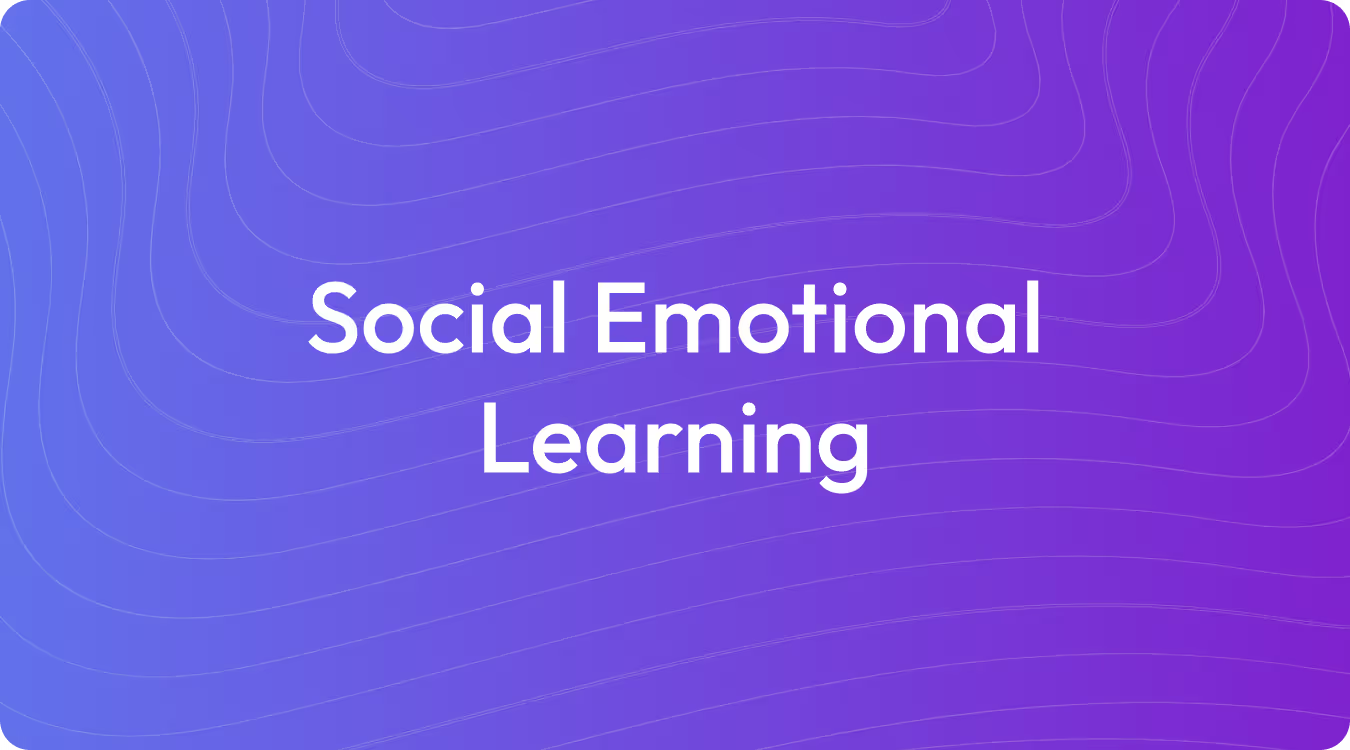What Is Real-World Connection?
-min.png)
What Is Real-World Connection?
Real-world connection is a teaching approach that links what students learn in the classroom to practical, everyday situations. This method, also known as experiential learning, makes abstract concepts tangible—for example, using actual apples to teach addition instead of just numbers on a page. By showing students how lessons apply to their own lives and the world around them, you make learning more meaningful and help the information stick.
.png)
Real-World Connection Strategies and Activities
Real-world connection is an approach that anchors learning in relevant issues, from local community challenges to global topics. It aims to connect what students learn to their own lives and communities. This method draws from established frameworks like Project-Based Learning and Culturally Relevant Pedagogy.
When you apply this to a resource, it will often include a compelling scenario grounded in a real issue and questions that prompt students to consider relevance. It also provides opportunities for students to explore how concepts appear in the world and optional extensions for them to design solutions or share ideas.
Here are some strategies and activities for making real-world connections:
- Case Studies: Use real-world examples to illustrate how curriculum is applied outside the classroom, including decision-making processes.
- Simulations: Place students in scenarios like a mock trial or a business investment challenge to develop strategic options.
- Guest Speakers: Invite industry professionals to demonstrate how course material is applied in their work.
- Current Events: Incorporate news and recent events into lessons to show concepts in real-time application.
- Group Problem-Solving: Have students collaborate to create solutions for defined problems using their new knowledge.
- Service-Learning Projects: Organize activities that address a community need, such as a local clean-up or a fundraising campaign.
- Field Trips: Take students to locations like museums, businesses, or nature centers to immerse them in course concepts.
- Using Everyday Objects: Demonstrate a scientific or mathematical principle with a common item, like using a pencil to show gravity.
- Connecting with Professionals: Arrange for students to interview or shadow experts in a field related to their studies.
- Role-Playing Scenarios: Have students act out situations, such as running a shop or participating in a historical event, to practice skills.
Real-World Connection Benefits
Connecting lessons to real-world contexts helps students make sense of complex topics. Our resources with this feature include a scenario based on a real issue and provide opportunities for students to explore how concepts apply to their lives.
This approach can make learning more relevant for students and help them develop skills like critical thinking. However, implementation can present challenges, such as requiring additional resources and adapting traditional teaching models.
Here are some of the outcomes and considerations of this approach:
- Increased Relevance: Information becomes more practical and applicable to students' lives.
- Skill Development: Students can refine problem-solving and critical thinking skills by working with complex, real-life situations.
- Holistic Thinking: It can connect lessons across different subjects, encouraging a more integrated way of thinking.
- Career Exposure: The approach can provide students with a look at various career paths and professional fields.
- Life Skills: It offers a way to develop practical abilities, such as financial literacy or project management, that are applicable to adult life.
- Implementation Hurdles: Integrating these connections can require significant changes to established teaching approaches and school structures.
- Resource Demands: Teachers may need additional time and materials to find and incorporate relevant, high-quality examples.
- Future Uncertainty: It can be difficult to predict which specific real-world skills will be most necessary for the future workforce.
- Access to Experts: Finding professionals or authentic audiences for student projects may not be feasible in all school settings.
- Philosophical Debate: Some educators argue that a heavy focus on practical application might devalue learning for its own sake.
Real-World Connection Examples
Real-world connections can be integrated into lessons through various activities that show students how concepts apply outside the classroom. These methods can range from inviting guest speakers and organizing virtual field trips to implementing project-based learning and classroom simulations.
This approach can increase student engagement by making lessons more relevant to their lives. It also aims to develop critical thinking as students apply knowledge to complex situations that don't have simple answers.
Here are a few examples of real-world connection activities:
- Case Studies: Illustrate how curriculum is employed outside the classroom, including decision-making processes and their impacts.
- Project-Based Learning: Students work on projects like designing a community initiative or creating a mock business plan to solve practical problems.
- Classroom Simulations: Activities such as mock trials or debates that mirror real-world scenarios and professional environments.
- Virtual Field Trips: Using technology to visit locations like museums, historical sites, or workplaces that would otherwise be inaccessible.
- Guest Speakers: Professionals from various fields share their experiences and show how classroom concepts are applied in their work.
Real-World Connection Best Practices
Connecting lessons to real-world issues helps ground learning in contexts that are familiar to students. This approach draws from frameworks like Project-Based Learning and Culturally Relevant Pedagogy to link classroom content to topics like community challenges or current events.
To implement this, you can design lessons that reflect students' lives and interests, using prompts to guide planning. This involves incorporating authentic problems and activities that allow students to practice skills and share their work with audiences beyond the classroom.
Here are some best practices for making real-world connections:
- Focus on Student Interests: Center lessons on topics students are already engaged with, such as current trends, media, or hobbies.
- Require Collaboration: Structure activities to be completed in teams, which mirrors how many problems are solved in professional settings.
- Involve Experts: Bring in guest speakers from the community or virtually to show how lesson content applies to different careers.
- Use Open-Ended Problems: Present complex, ill-defined prompts that encourage students to consider multiple perspectives and synthesize their own solutions.
- Create Authentic Work: Have students produce work that serves a purpose beyond the classroom, using formats and tools that mirror how work is done outside of school.
Teach with TeachShare
Connecting learning to real-world situations makes academic content more relevant and engaging for students, helping them apply knowledge to authentic problems. Our TeachShare Boosts make this easy by embedding research-backed strategies like real-world application directly into your resources with a single click. This feature helps you differentiate instruction and deepen student thinking, integrating sound pedagogy into the creation process. Start creating resources with TeachShare today.
Frequently Asked Questions
Answer



-min.png)
-min.png)
-min.png)
-min.png)
